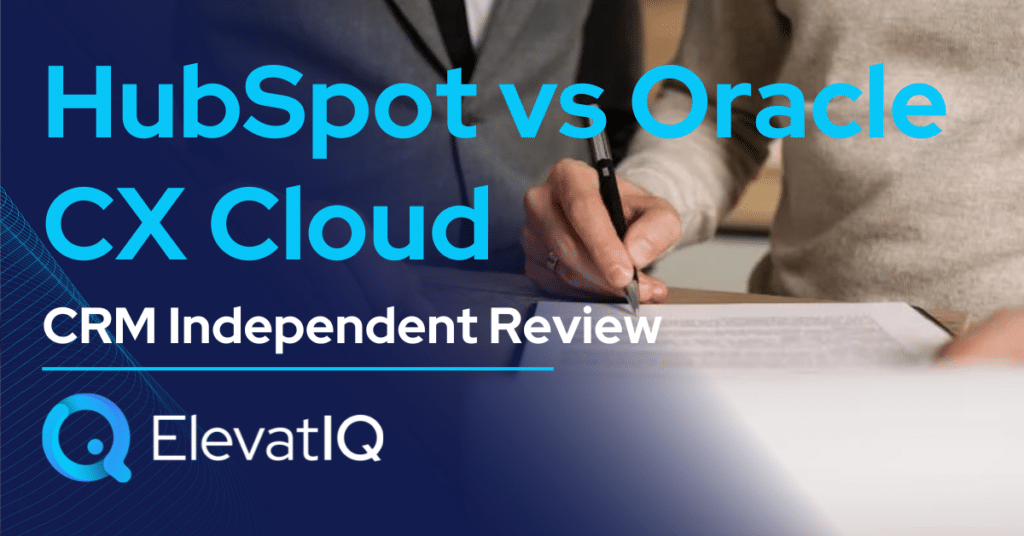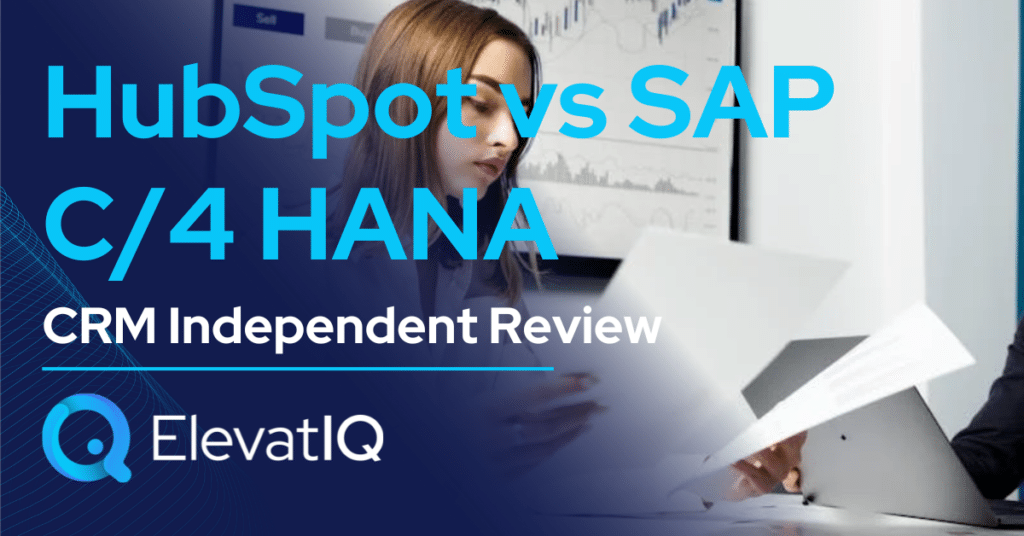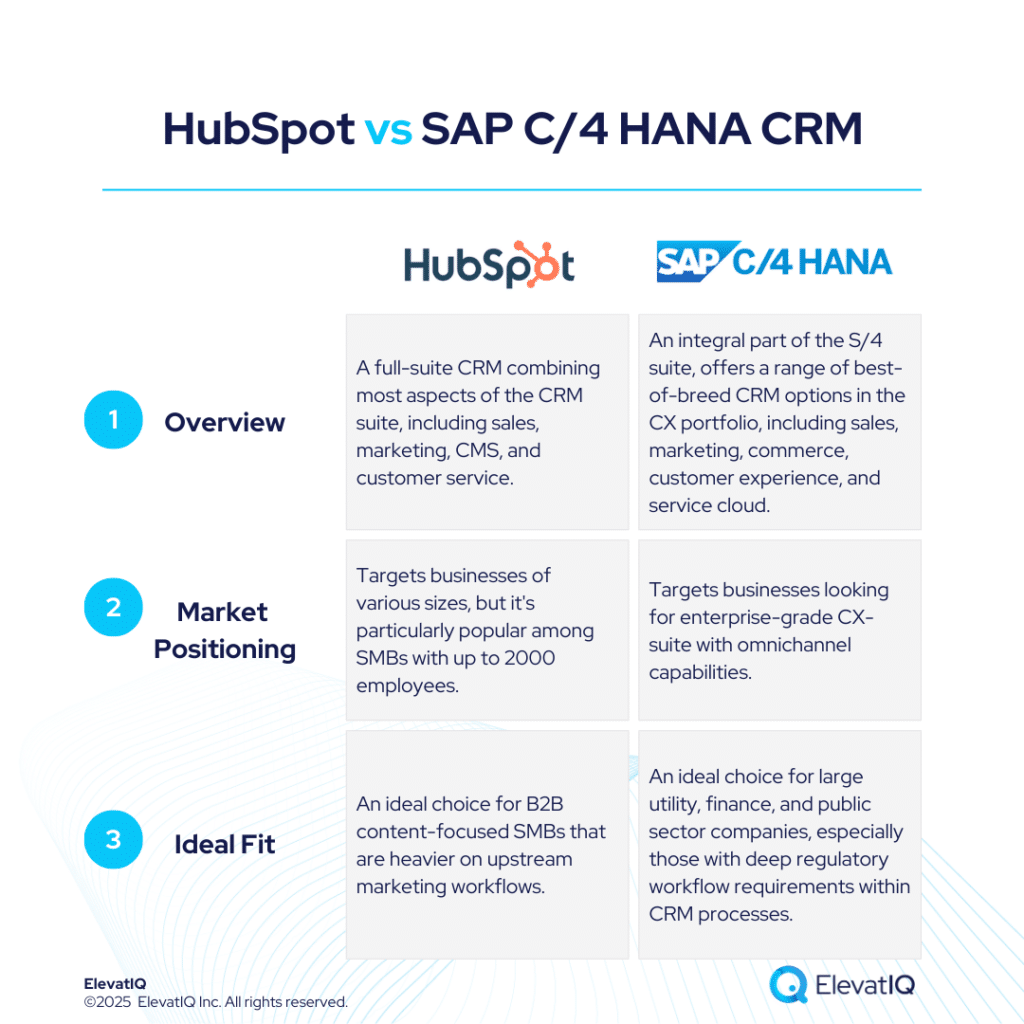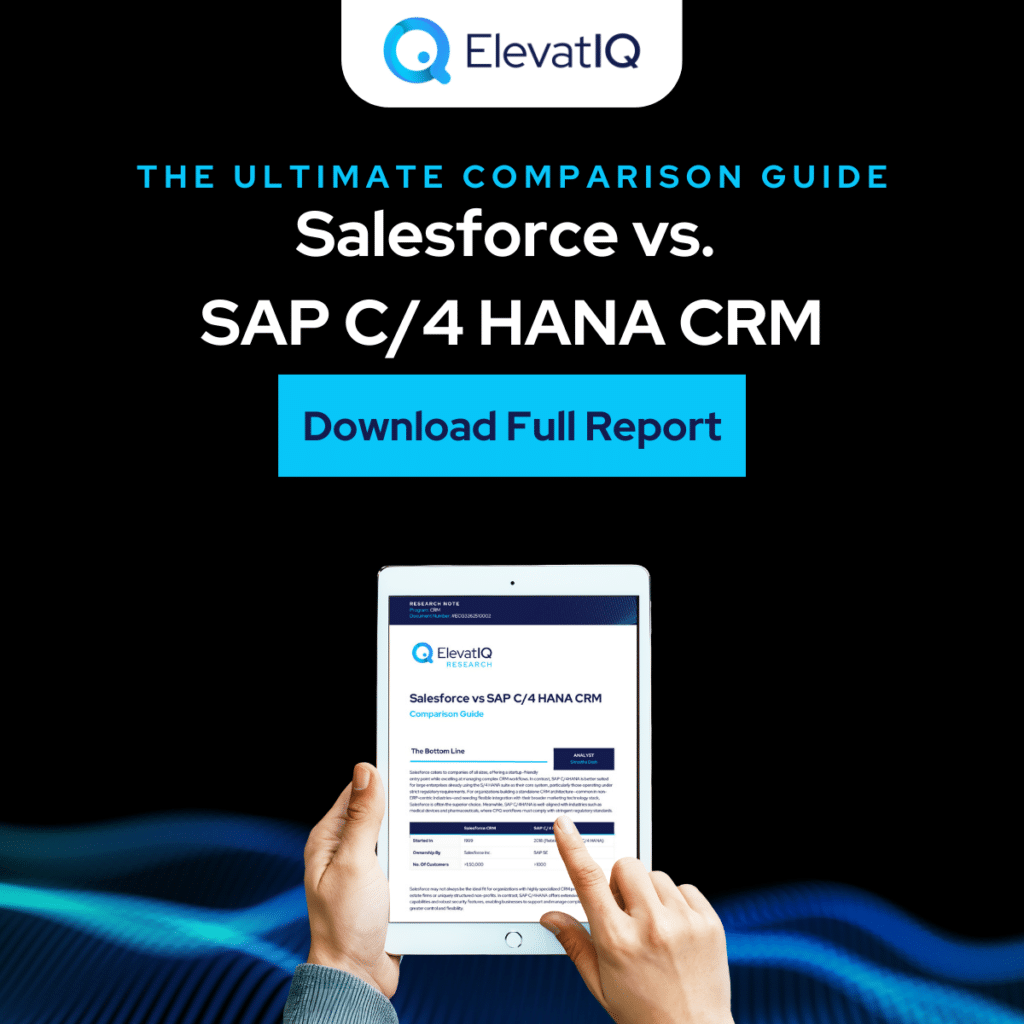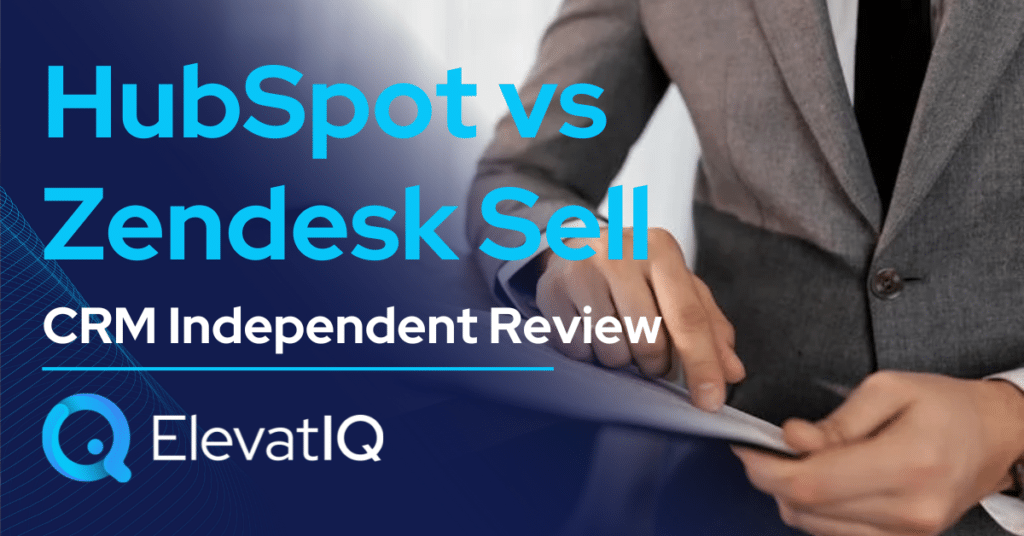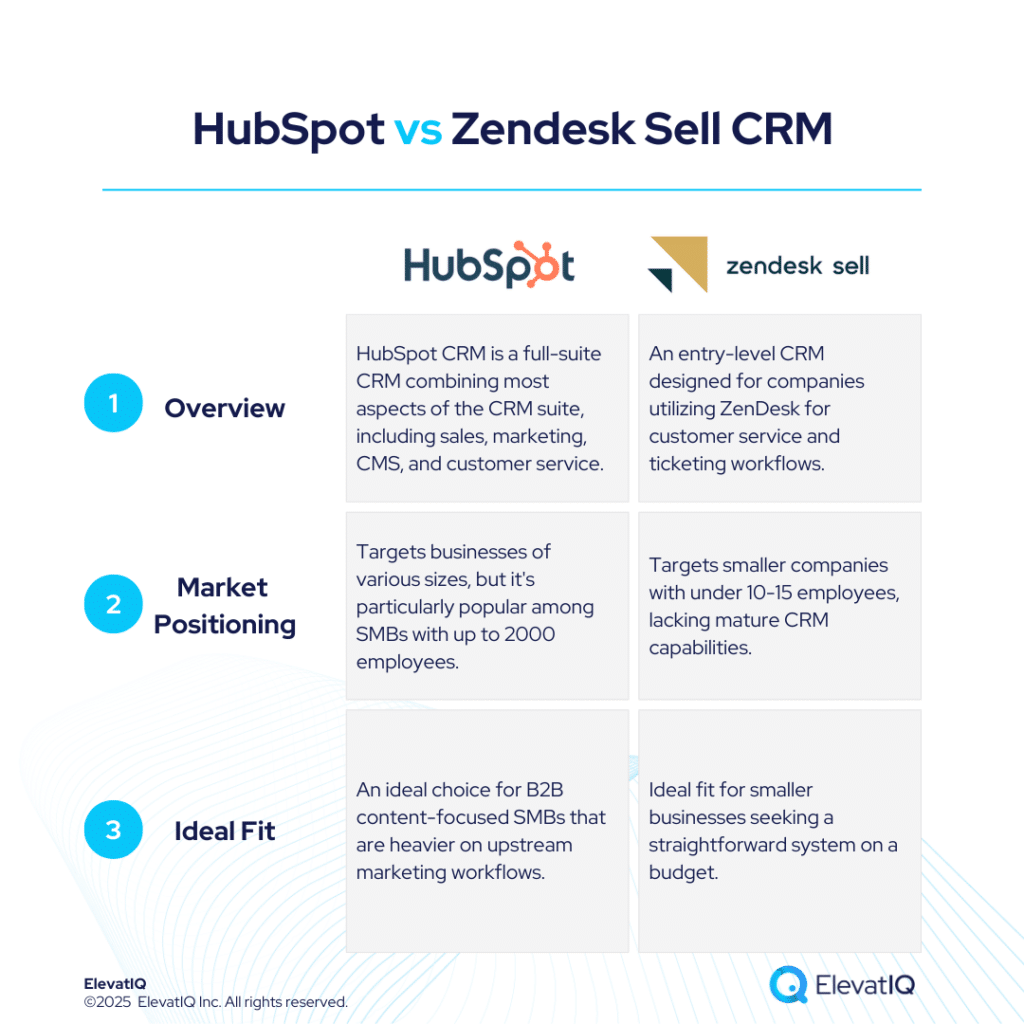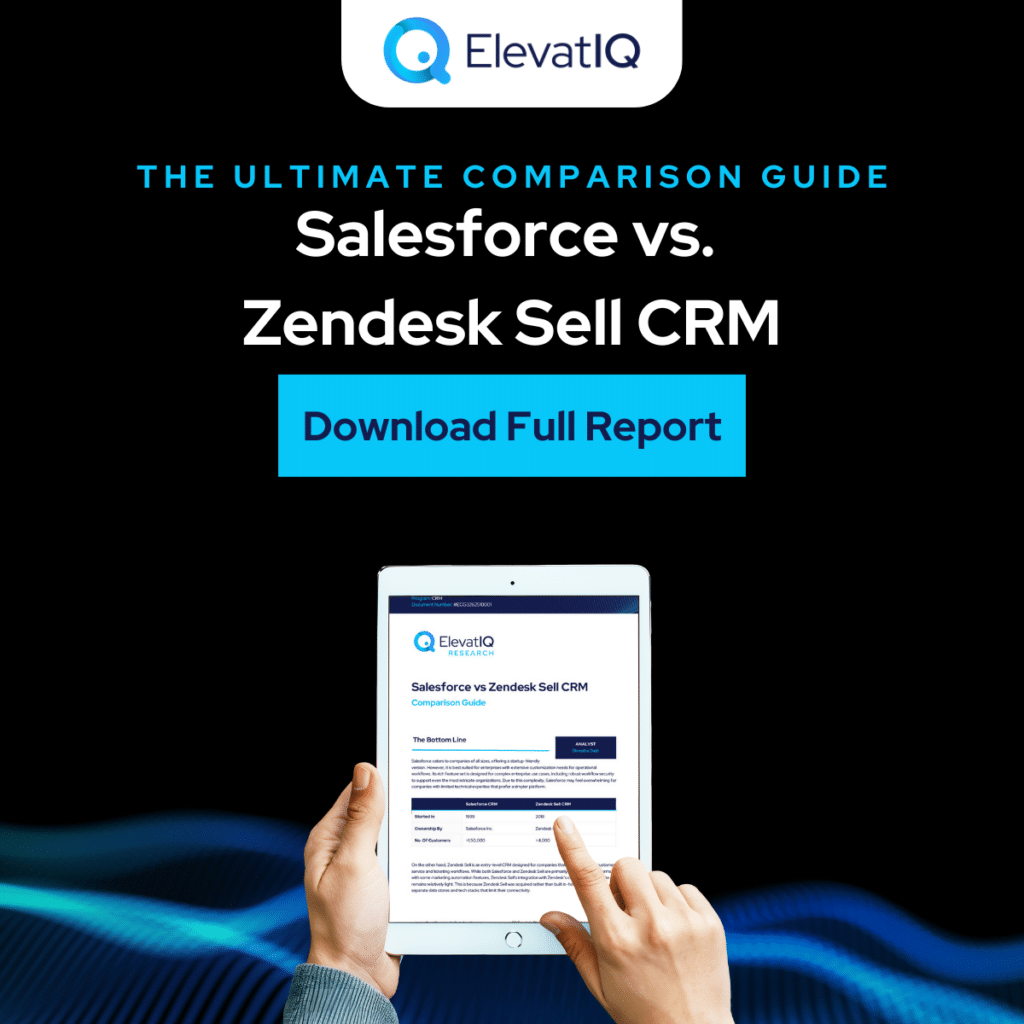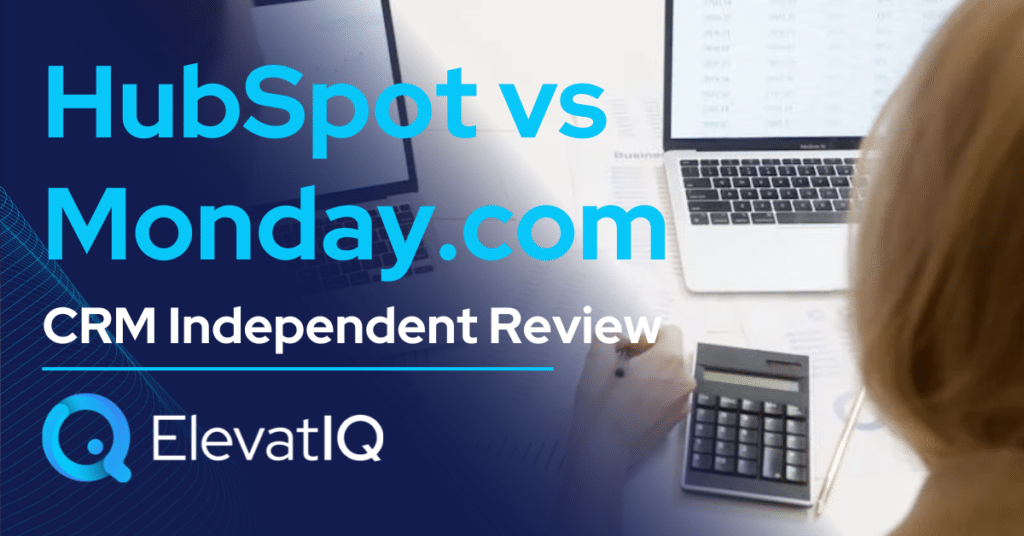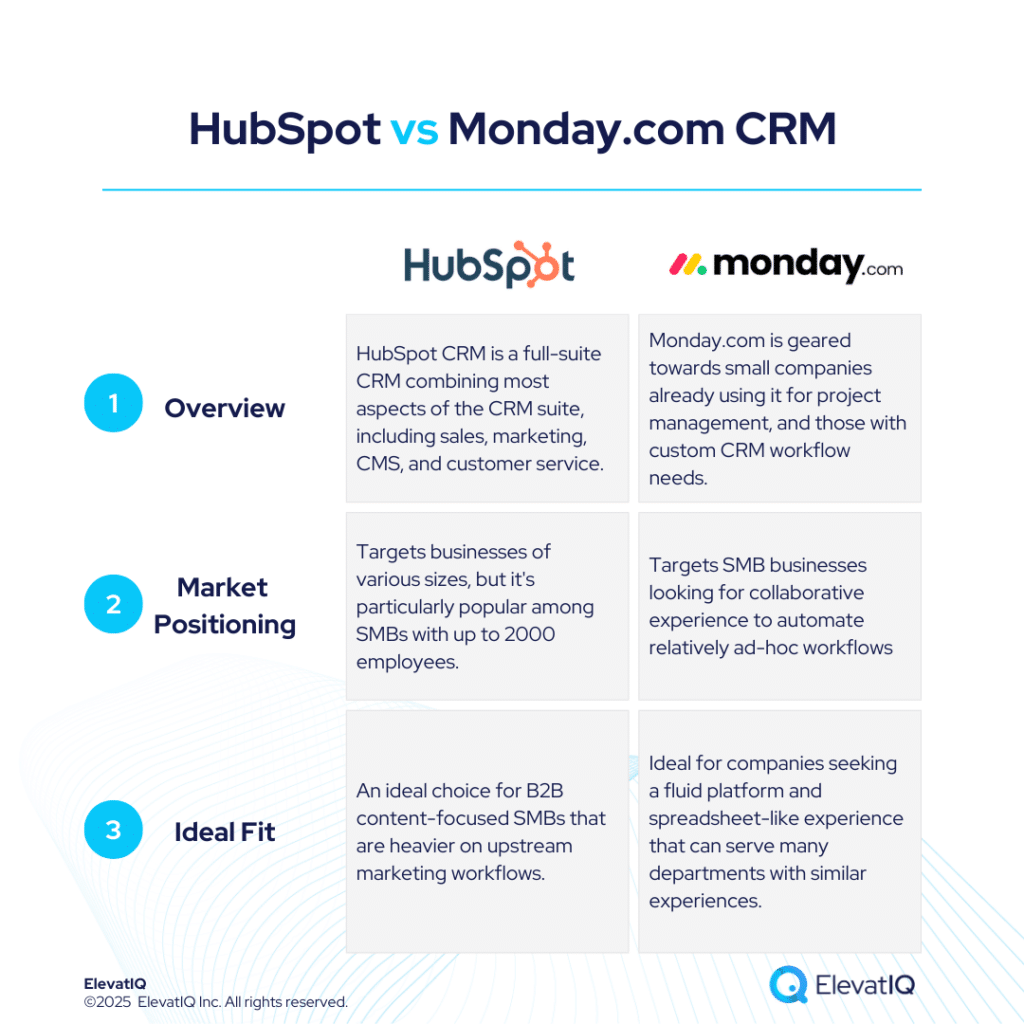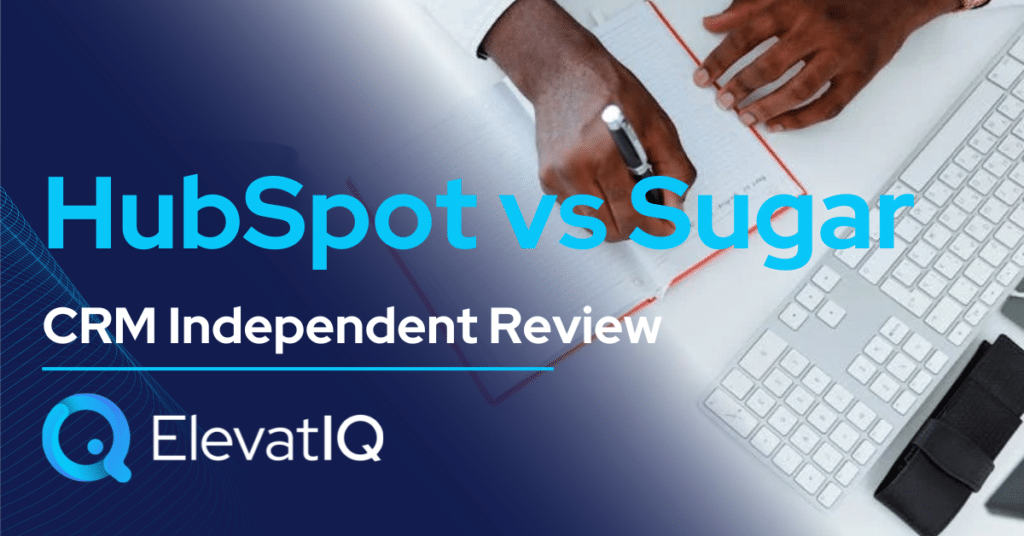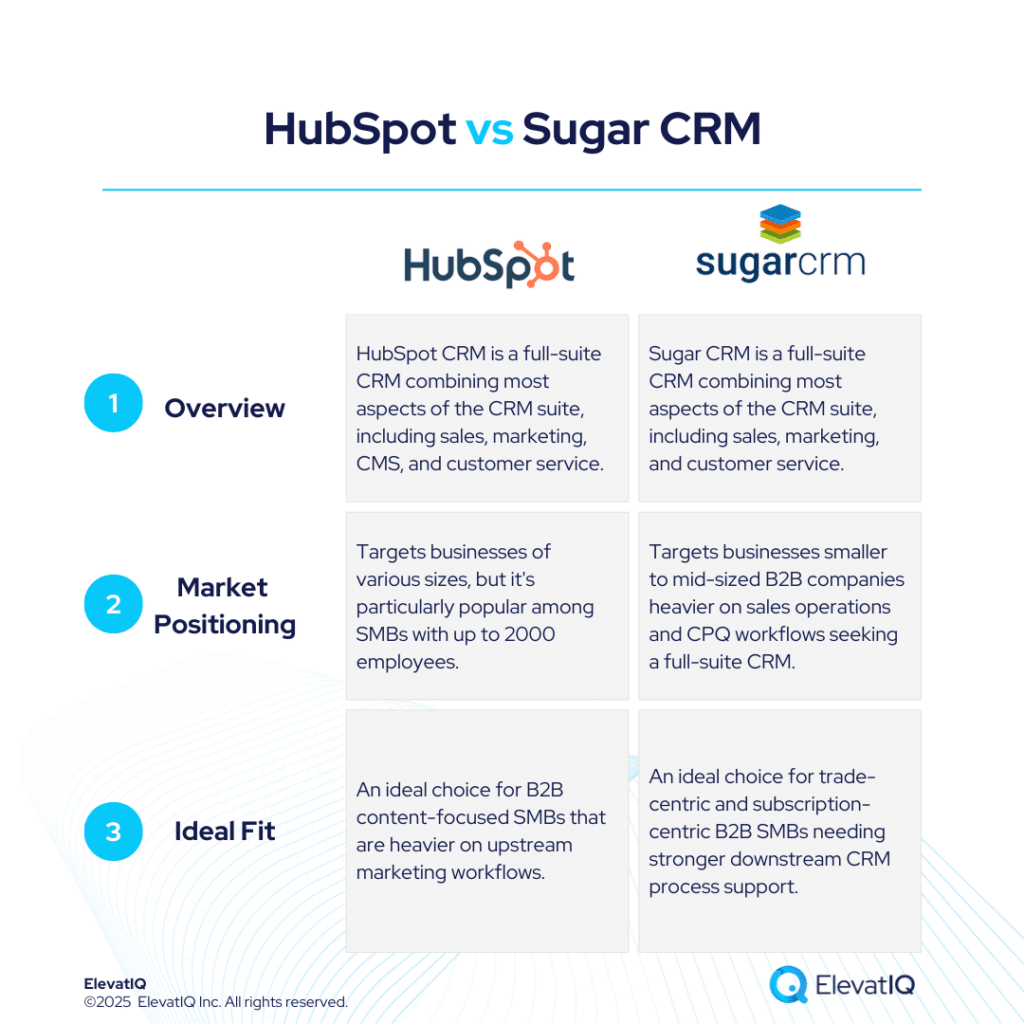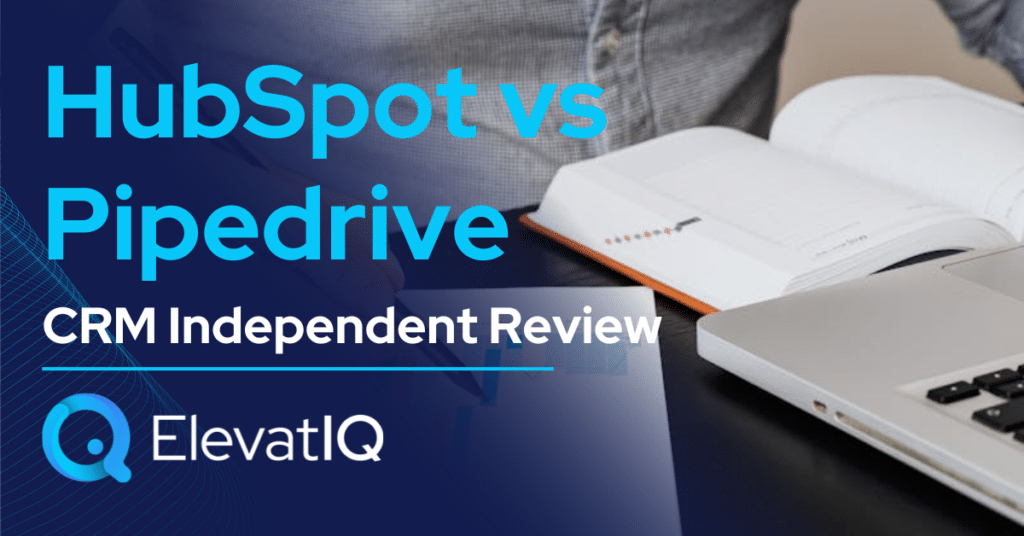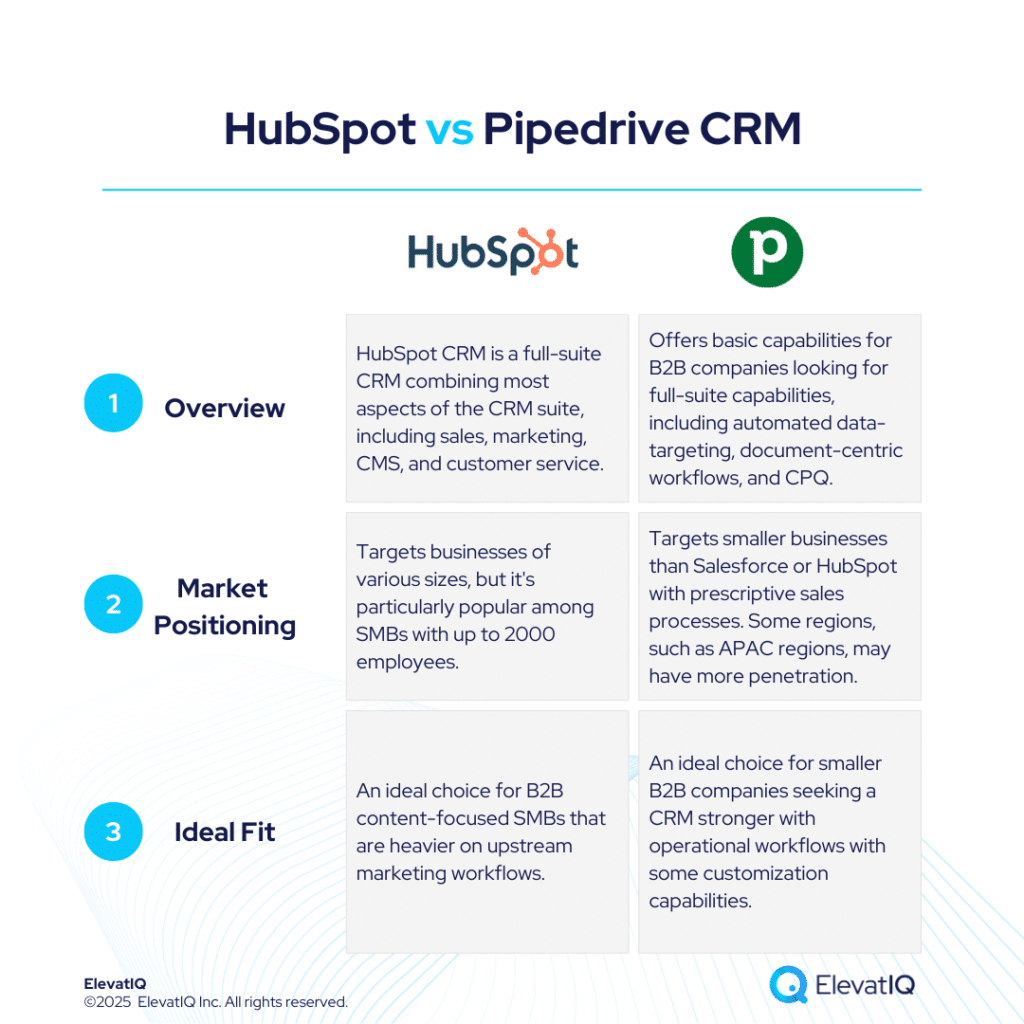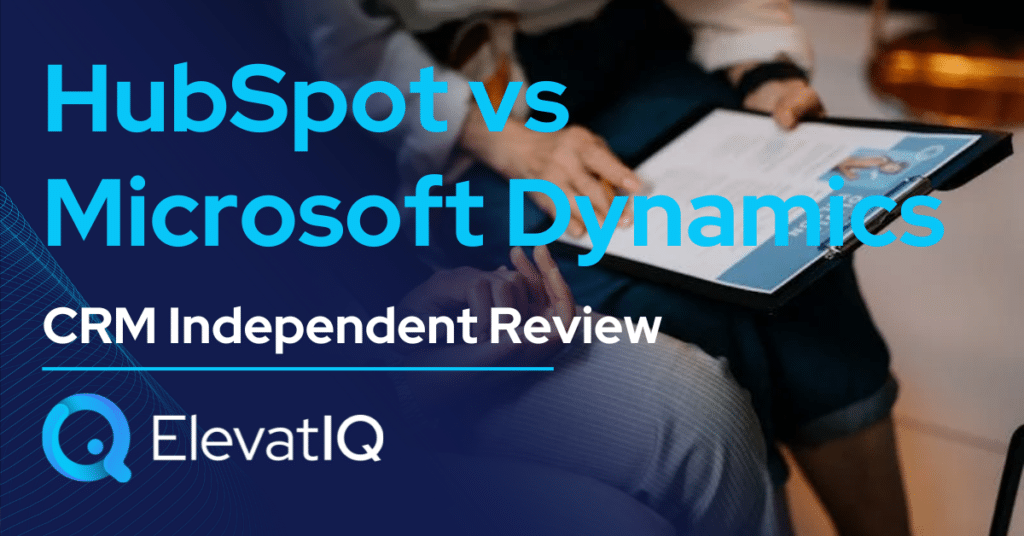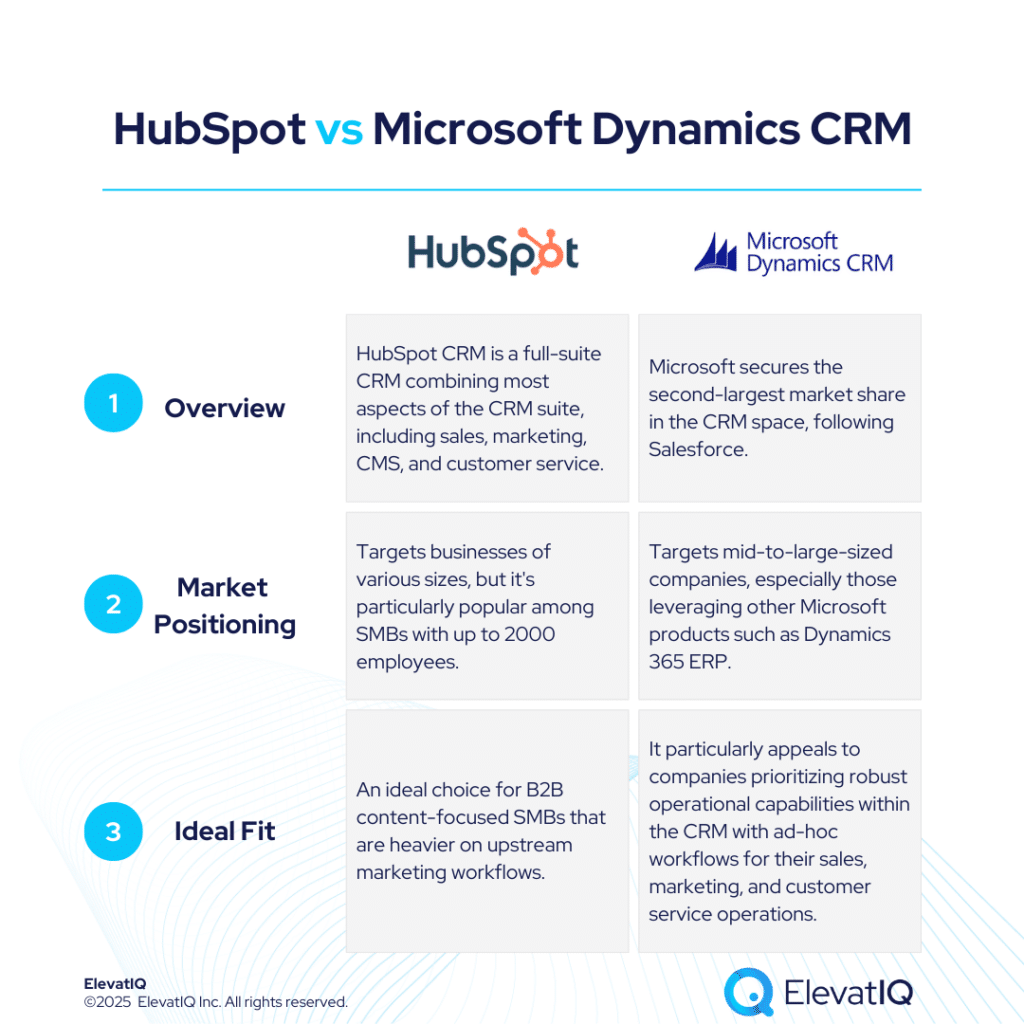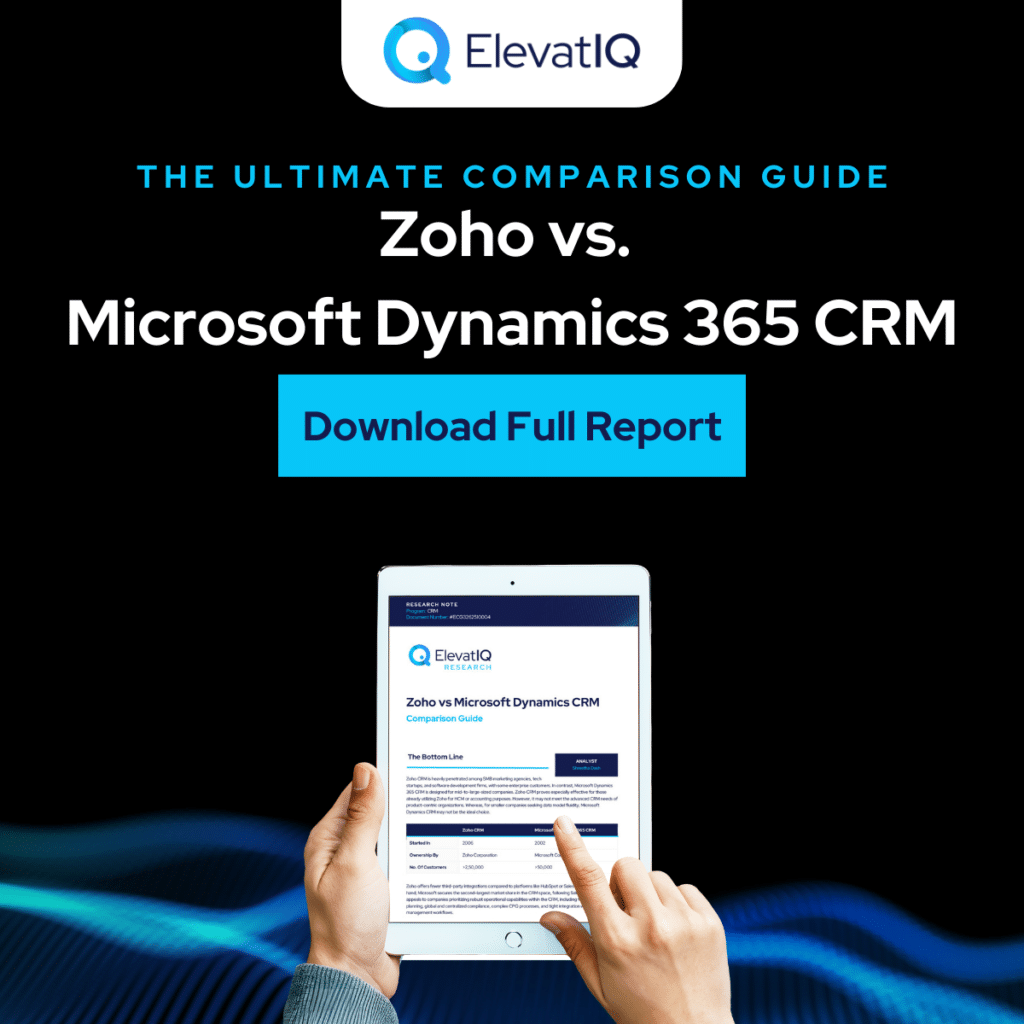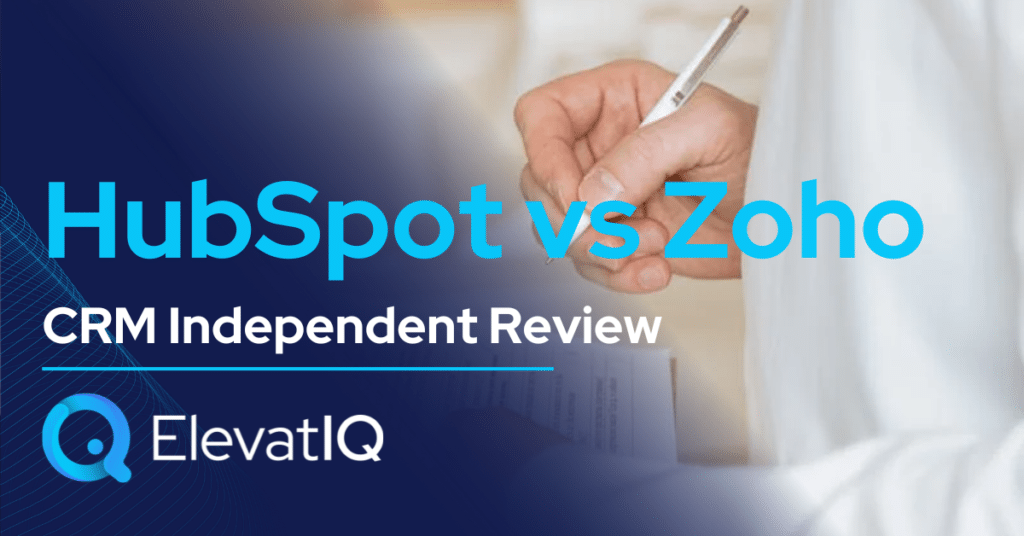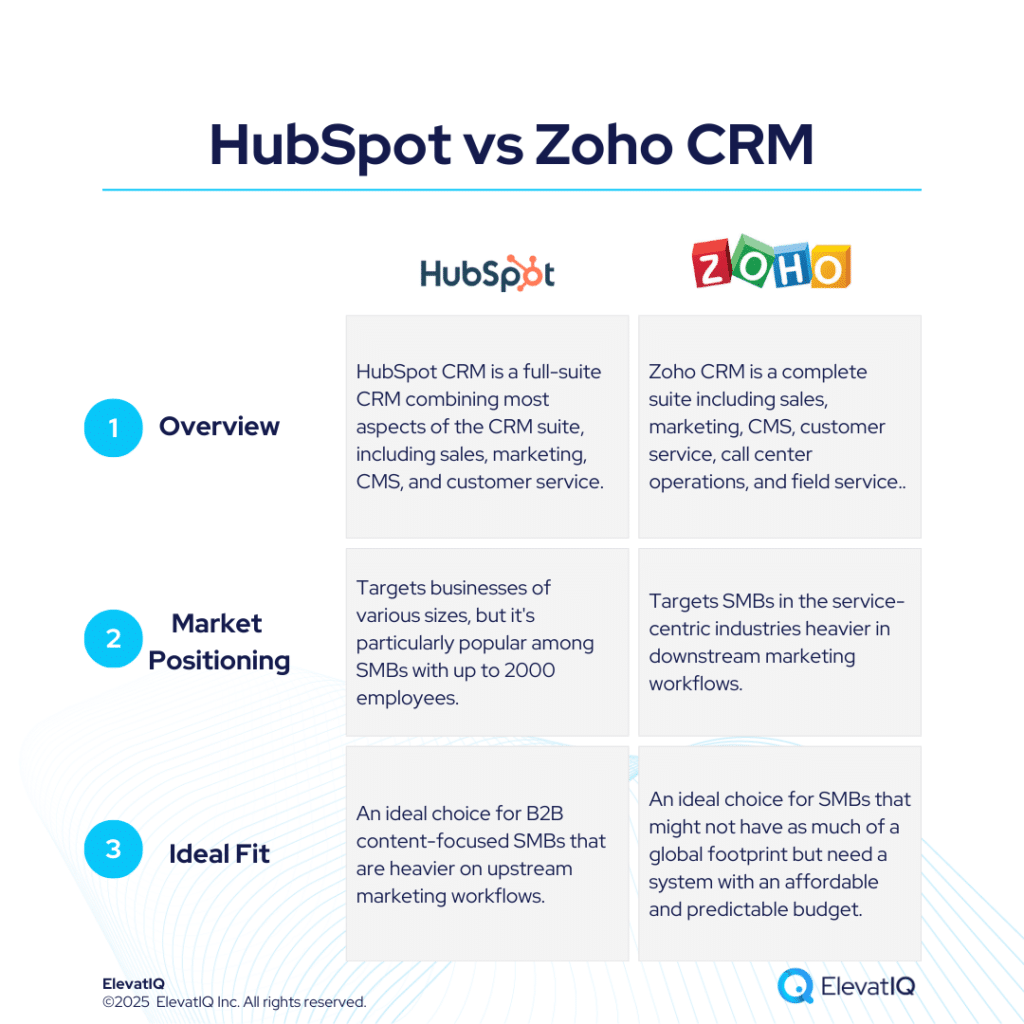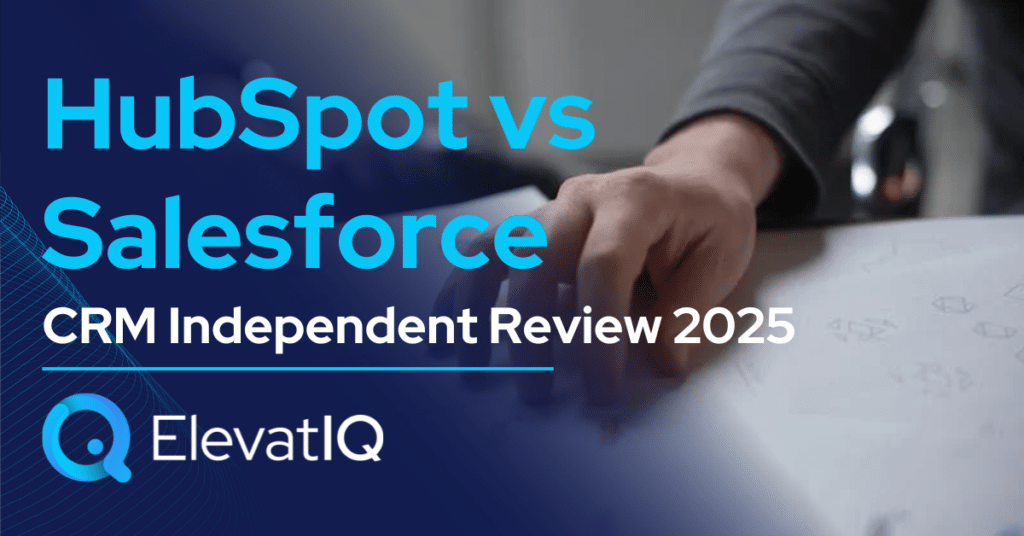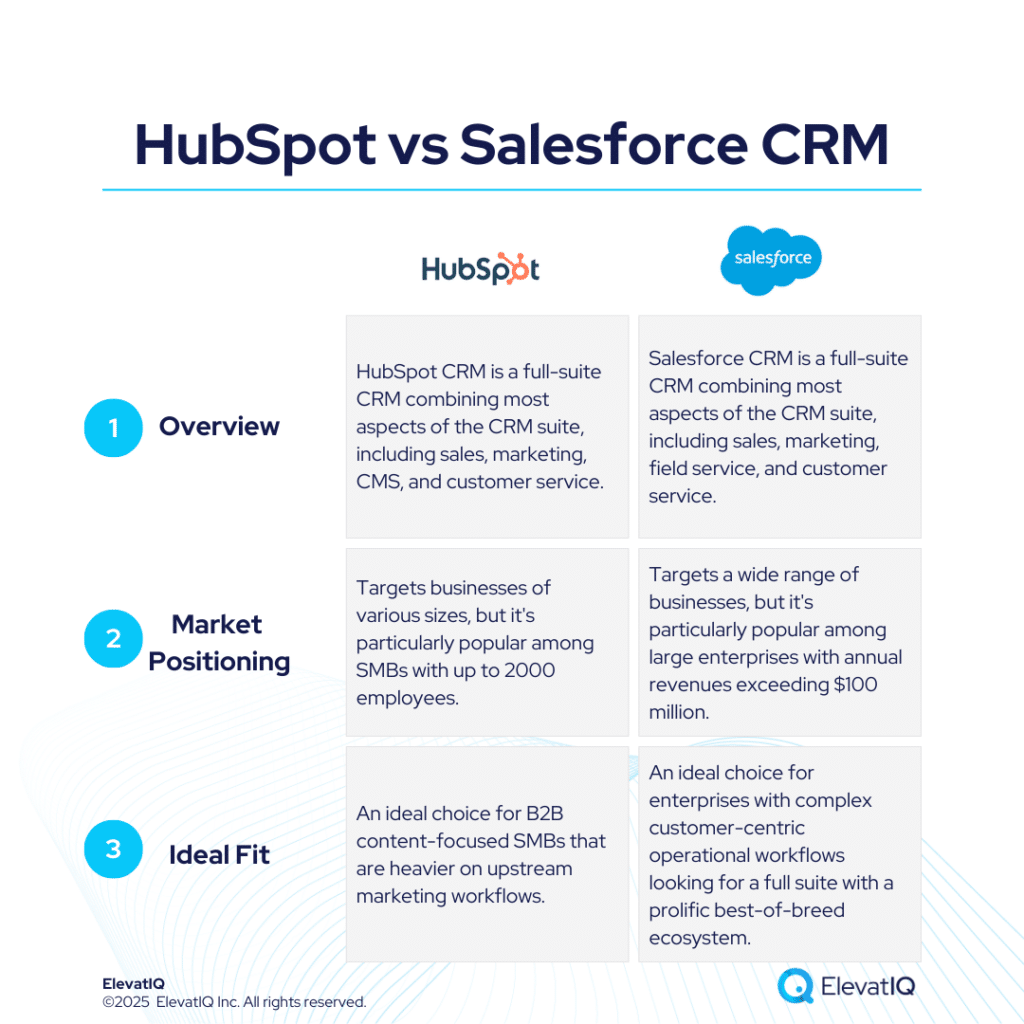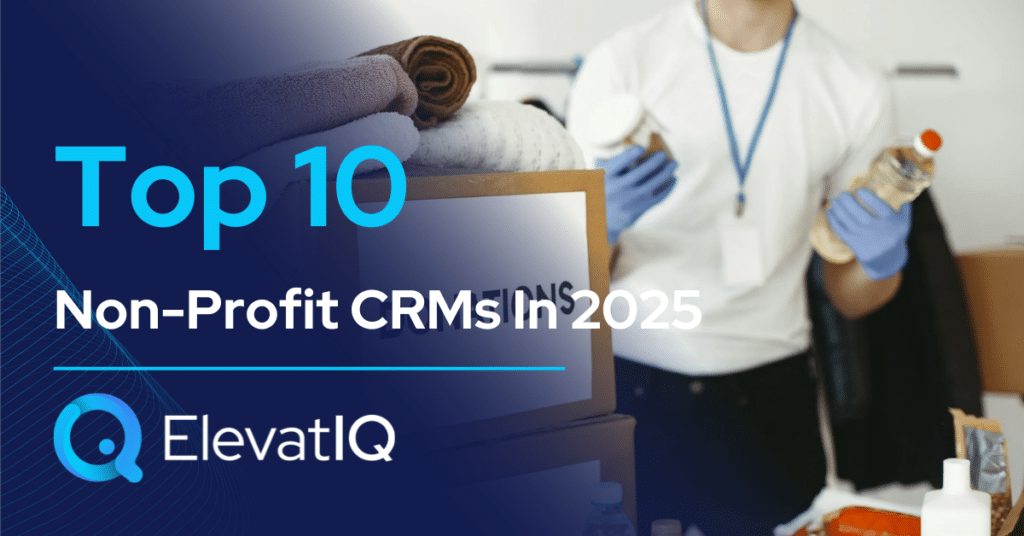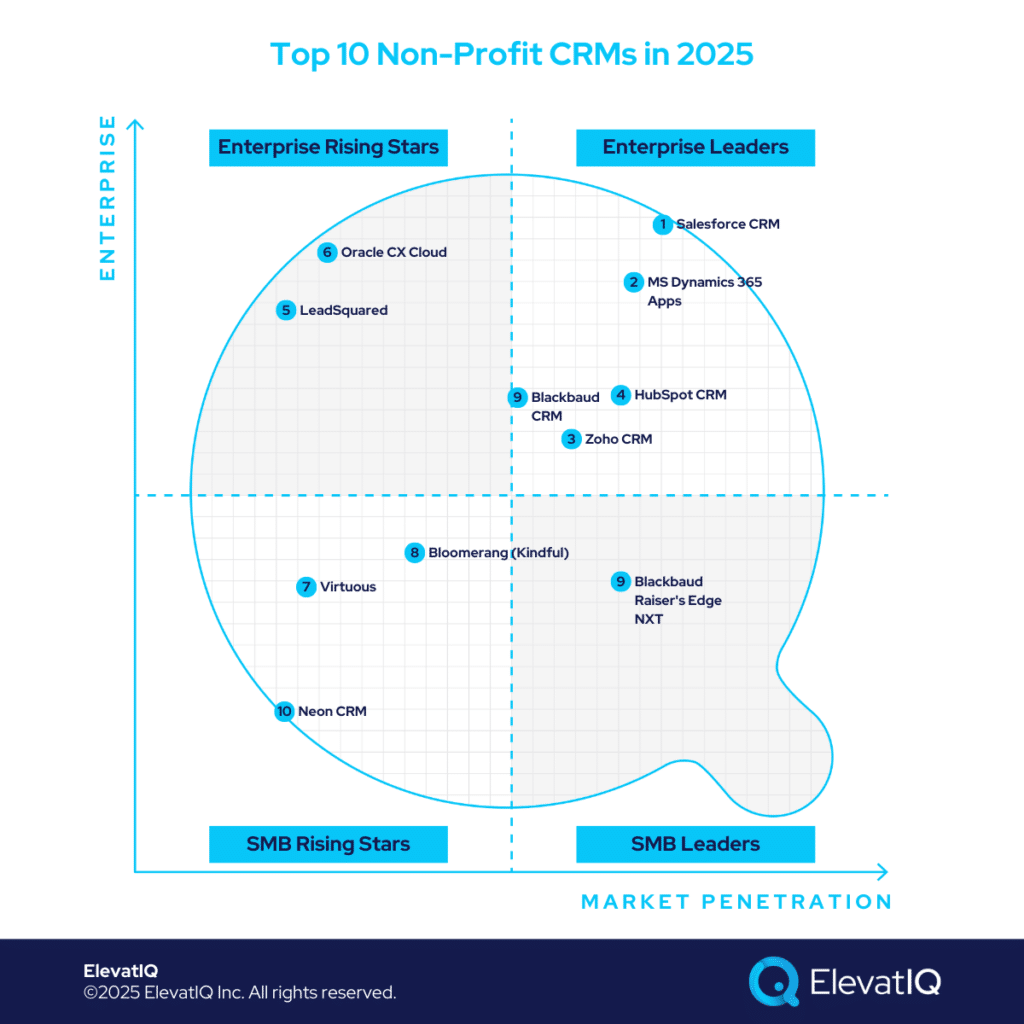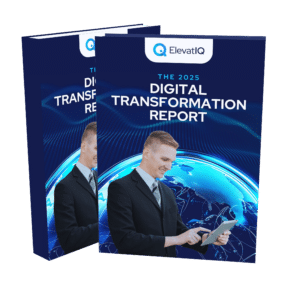HubSpot vs Oracle CX Cloud CRM Independent Review
HubSpot CRM, has a somewhat simpler data and process model, making it a better fit for SMBs focused on content-centric marketing workflows. On the other hand, Oracle CX Cloud incorporates various best-of-breed CRM components, including sales, marketing, service, content management, and advertising cloud. HubSpot, in particular, is designed with a focus on upstream marketing activities, offering a stronger ecosystem, but it may not be the best fit for companies with complex audiences or transactional customer-facing workflows. Whereas, Oracle CX Cloud is tailored for large B2C enterprises, specifically those in industries like communications, media, and financial services.
HubSpot excels in user-friendliness and customization, even though it may not match the depth of customer and field service workflows or provide as many built-in custom objects for specific industries. On the other hand, Oracle CX Cloud offers robust CRM capabilities, particularly excelling in areas like traceability for ad spend and CPQ processes. Its strengths often surpass those of SAP C/4HANA, depending on the industry. To better understand HubSpot vs Oracle CX Cloud CRM systems for an informed CRM selection, let’s take an in-depth look into their features, strengths and weaknesses.
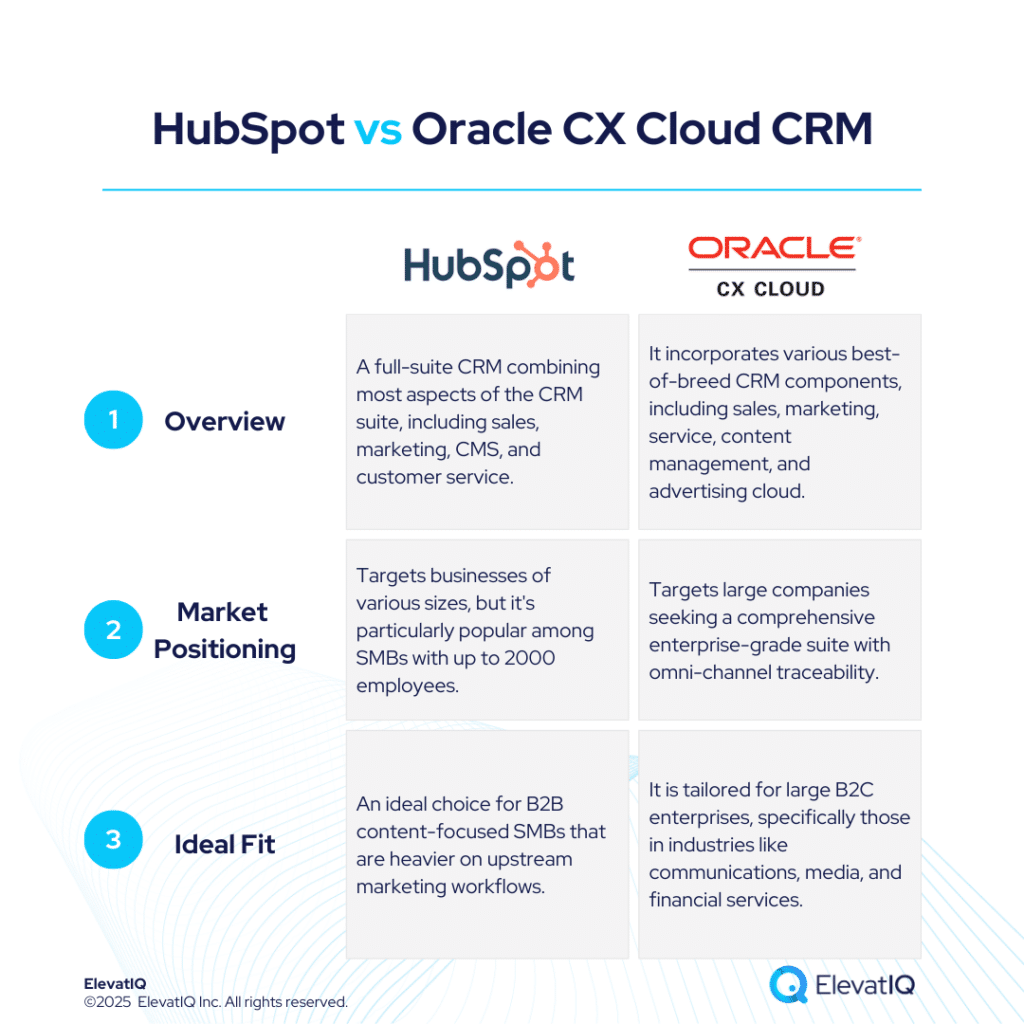

| HubSpot CRM | Oracle CX Cloud CRM | |
| Started in | 2006 | 2012 |
| Ownership by | Publicly traded listed on the NYSE under the ticker symbol HUBS | Oracle Corporation |
| No. of customers | >70,000 | >8000 |
What Is HubSpot CRM?
HubSpot CRM is a leading choice for smaller companies aiming for seamless integration of customer-centric workflows, covering essential CRM processes such as sales, service, CMS, and marketing automation. In contrast to Salesforce, HubSpot excels in user-friendliness and customization, even though it may not match the depth of customer and field service workflows or provide as many built-in custom objects for specific industries.
However, this adaptability might pose challenges for companies unfamiliar with robust data and process governance. HubSpot CRM proves advantageous, especially for content-heavy B2B companies aiming for centralized management of digital marketing and sales channels. The recent acquisition of Clearbit further enhances HubSpot’s capabilities by integrating data and intelligence with core CRM processes, solidifying its position in the market.

What Is Oracle CX Cloud CRM?
Oracle CX Cloud incorporates various best-of-breed CRM components, including sales, marketing, service, content management, and advertising cloud. It is tailored for large B2C enterprises, specifically those in industries like communications, media, and financial services. With Oracle Commerce being discontinued, the scope of Oracle CX Cloud may be confined to fewer industries.
The recent acquisition of Cerner, which serves as a customer-facing channel for the healthcare market, raises questions about Oracle’s continued investment in the CRM portfolio. Furthermore, Oracle has consistently pursued industries with substantial data and analytical workloads. Given the current economic landscape, healthcare emerges as a more lucrative market compared to commerce and customer experience. Consequently, Oracle CX may not receive equivalent attention within the company’s portfolio.

HubSpot vs Oracle CX Cloud CRM Comparison
Navigating the choice between HubSpot vs Oracle CX Cloud CRM is a significant decision for businesses particularly looking for operational efficiency and strategic alignment. Thus, this section delves into the comprehensive comparison of HubSpot vs Oracle CX Cloud CRM across various critical dimensions.
| HubSpot CRM | Oracle CX Cloud CRM | |
| Data Model | Isn’t well-suited for complex operational use cases. | The data model is highly suitable for enterprise use-cases with diverse business models. |
| CRM Features | It may not suit companies with deeper compliance, regulatory, and quoting needs. | Field service workflows embedded with the core CRM processes. |
| Ecosystem | The second choice for most leading marketing technologies to integrate with. | The ecosystem is comparable to those found in solutions like SAP C/4HANA. |
| Marketing Automation | Provides an immersive experience as it’s part of the same product and data model. | Tightly integrated with its CRM workflows. |
| Integration | Provides options for seamless integration with other CRM systems, CMS platforms, and eCommerce tools. | The ecosystem and integration might not be as strong as other leading vendors. |
| Operational Capabilities | The operational capabilities are not as detailed as some of the other CRM systems. | Offers capabilities, including sales automation, service request management, knowledge management, and AI-driven analytics. |
| Territory and Comp Planning | The weaker data model makes it less suitable for industries requiring robust out-of-the-box capabilities. | Includes advanced tools for incentive compensation, territory management, and quota planning. |
| Customizability | Custom objects come with significant limitations, particularly around parent-child hierarchies. | Among one of the most customizable platforms but might require deep subject matter expertise and consulting help. |
| Price | Offers a free version, but the price spikes substantially with tricky limits and tiers, making estimating prices highly challenging. | Among one of the most expensive platforms as it’s an enterprise-grade platform. |
HubSpot vs Oracle CX Cloud CRM Module Comparison
Both platforms offer a plethora of features and functionalities designed to streamline business operations and enhance efficiency. In this feature comparison, we delve into particularly the distinct capabilities of HubSpot vs Oracle CX Cloud CRM across various critical dimensions, providing insights to aid businesses in making informed decisions regarding their CRM selection. Thus, this section discusses features under each of the following modules, particularly marketing, sales, customer service and e-commerce.
Marketing
In this section, we are discussing a detailed comparison of the marketing capabilities particularly offered by HubSpot vs Oracle CX Cloud CRM. By examining their respective strengths and functionalities, particularly in managing marketing processes. Businesses can therefore gain valuable insights to determine the best-suited CRM solution for their marketing needs.
| Features | HubSpot CRM | Oracle CX Cloud CRM |
| Content Creation | Offers tools for creating blog posts, landing pages, and also marketing emails. | Offers rich content management tools, particularly under Oracle Marketing Cloud. |
| SEO Tools | Includes built-in SEO recommendations and also optimization features. | Integrated partners and plugins can enhance these capabilities. |
| Social Media Management | Allows scheduling, publishing, and also monitoring of social media posts. | Integrates with several social media platforms to manage and monitor social media interactions. |
| Email Marketing | Includes email marketing tools with templates, automation, and also analytics. | Features automation, segmentation, and personalized campaigns. |
| Analytics | Provides detailed analytics and reporting particularly on marketing campaigns. | Provides tools that offer insights into customer data, campaign performance, and overall engagement. |
Sales
In this comparison, we explore and analyze the sales capabilities of HubSpot vs Oracle CX Cloud CRM, shedding light particularly on their respective strengths and weaknesses.
| Features | HubSpot CRM | Oracle CX Cloud CRM |
| Lead Management | Manages leads with tracking and nurturing tools. | Includes extensive lead management tools. |
| Sales Pipeline Management | Visualizes and also tracks sales pipeline stages and progress. | Helps visualize and manage sales processes from end-to-end. |
| Email Tracking | Tracks email opens, clicks, and responses. | Doesn’t have standalone email tracking, but has integration with Oracle Marketing Cloud. |
| Meeting Scheduling | Integrates with calendars for easy scheduling of meetings. | Not specifically, but incorporates tools for managing tasks and activities, which can include setting up meetings. |
| Collaboration Tools | Facilitates team collaboration with shared information and tasks. | Provides tools for team collaboration. |
Customer Service
In this comparison, we explore and analyze the customer service capabilities of HubSpot vs Oracle CX Cloud CRM, shedding light particularly on their respective strengths and weaknesses.
| Features | HubSpot CRM | Oracle CX Cloud CRM |
| Ticket System | Offers a support ticketing system for customer inquiries. | Oracle Service Cloud, a part of Oracle CX, includes robust ticketing capabilities. |
| Live Chat | Provides live chat support for customer interactions. | Provides live chat functionalities. |
| Customer Support Automation | Automates customer support processes and workflows. | Offers tools, such as AI-driven recommendations and automated workflows. |
| Omni-channel Support | Supports multiple channels like email, chat, and also social media. | Supports omni-channel engagements, ensuring a seamless customer experience across multiple channels. |
E-commerce
In this comparison, we explore and analyze the e-commerce capabilities of HubSpot vs Oracle CX Cloud CRM, shedding light particularly on their respective strengths and weaknesses.
| Features | HubSpot CRM | Oracle CX Cloud CRM |
| Product Catalog Management | Manages product listings and also descriptions. | Includes comprehensive tools for managing and organizing product catalogs efficiently. |
| Order Fulfillment | Tracks and manages order processing and fulfillment. | Integration with Oracle Order Management Cloud, supports order fulfillment. |
| Personalized Shopping Experiences | Customizes shopping experiences particularly based on customer behavior. | Provides personalized shopping experiences, offering relevant product recommendations and tailored content. |
HubSpot vs Oracle CX Cloud CRM Pros
When evaluating CRM solutions, understanding the distinct advantages of HubSpot vs Oracle CX Cloud CRM is crucial. In this section, we are particularly exploring the strengths of HubSpot vs Oracle CX Cloud CRM across various dimensions. Thus, shedding light on their respective capabilities and functionalities.
| HubSpot CRM | Oracle CX Cloud CRM |
| Stronger with upstream marketing and also content-driven workflows. | Enterprise-grade marketing automation product. |
| Has strong workflows and also custom-coded actions. | The CPQ processes are especially friendlier for telecom and media companies |
| Offers consolidated platform that siloed apps. | Field service workflows embedded with the core CRM processes. |
| Offering fairly detailed custom objects. | Providing in-depth insights into customer behavior across various advertising platforms through ad-spend tracking. |
HubSpot vs Oracle CX Cloud CRM Cons
Just like recognizing strengths is important, it’s also crucial to weigh the specific drawbacks of HubSpot vs Oracle CX Cloud CRM. Therefore, in this section, we will delve into the limitations and challenges associated with HubSpot vs Oracle CX Cloud CRM across various operational and financial dimensions.
| HubSpot CRM | Oracle CX Cloud CRM |
| Not fit for ad-hoc flows. | Requires consulting help. |
| Overall expensive, also tiers are tricky to work with. | Since the platform is relatively large and technical, substantial change management is required to be successful. |
| The data model is rigid and also weak for B2B businesses. | Oracle has incorporated various systems into its CX portfolio to enhance its capabilities, which has resulted in clunky UI. |
| It may not suit companies particularly with deeper compliance, regulatory, and quoting needs. | Falls short in post-sales CRM processes, particularly in B2B industries where pre-sales processes. |
Conclusion
In conclusion, selecting the right CRM solution between HubSpot vs Oracle CX Cloud CRM depends on the unique needs and priorities of your business. HubSpot CRM stands out for its user-friendly interface, seamless integration capabilities, and strong focus on upstream marketing and content-driven workflows, making it an ideal choice for SMBs and B2B organizations with simpler operational needs. Conversely, Oracle CX Cloud CRM excels in addressing the complex demands of large B2C enterprises, offering advanced tools for sales, marketing, and service workflows, particularly in data-heavy industries like media, telecommunications, and healthcare.
Both systems have their strengths and limitations, so businesses should carefully evaluate their specific needs. To get a 360-degree view of feature comparisons, it’s essential to explore not only HubSpot vs. Oracle CX Cloud but also insights from other analyses such as HubSpot vs Salesforce, Zoho, MS Dynamics CRM, Pipedrive, SugarCRM, Monday.com, Zendesk Sell and SAP C/4 HANA. Also, seeking assistance from an independent CRM consultant can significantly aid the decision-making process.
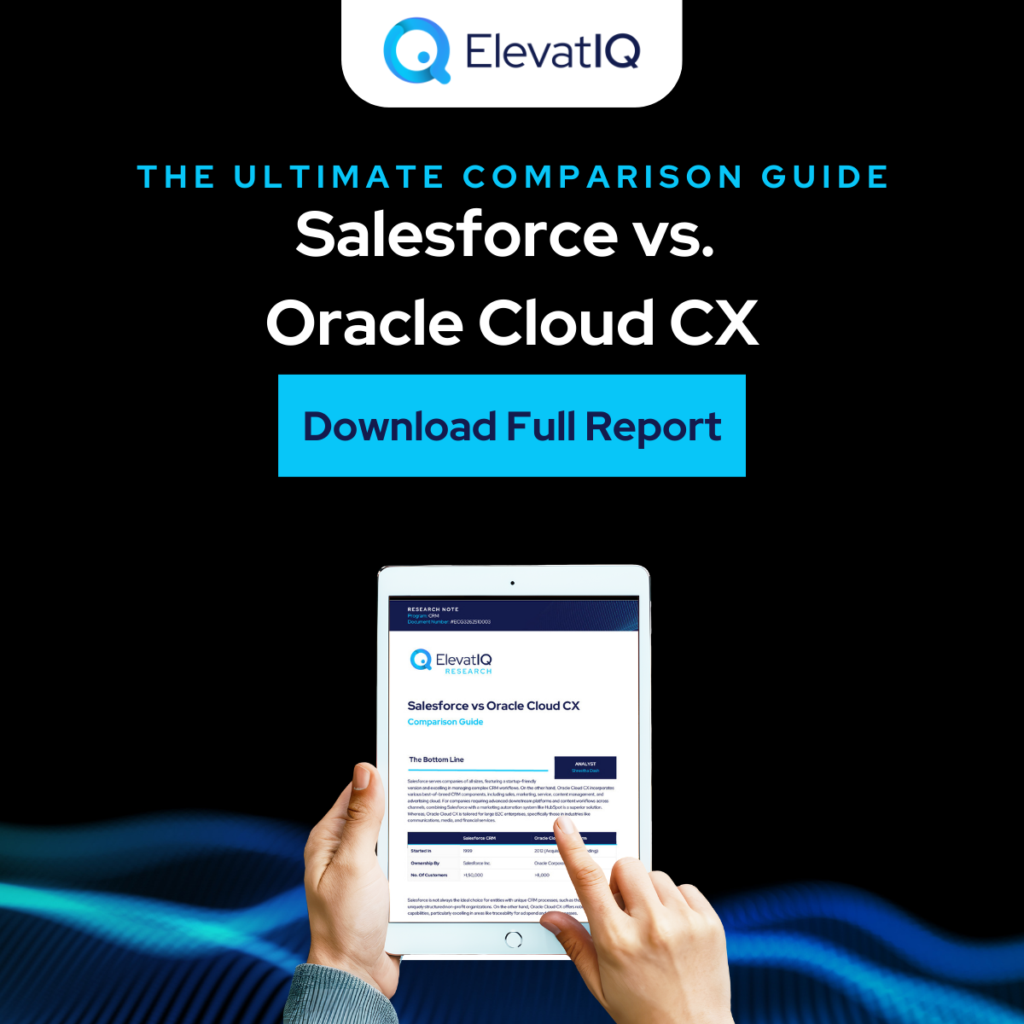
FAQs
HubSpot vs Oracle CX Cloud CRM Independent Review Read More »

